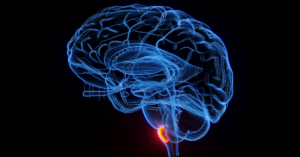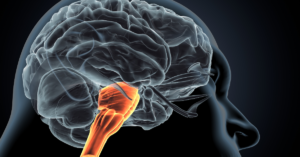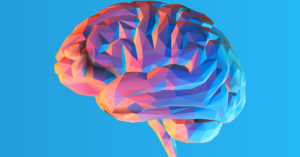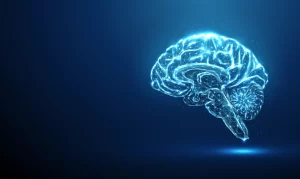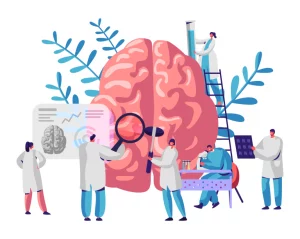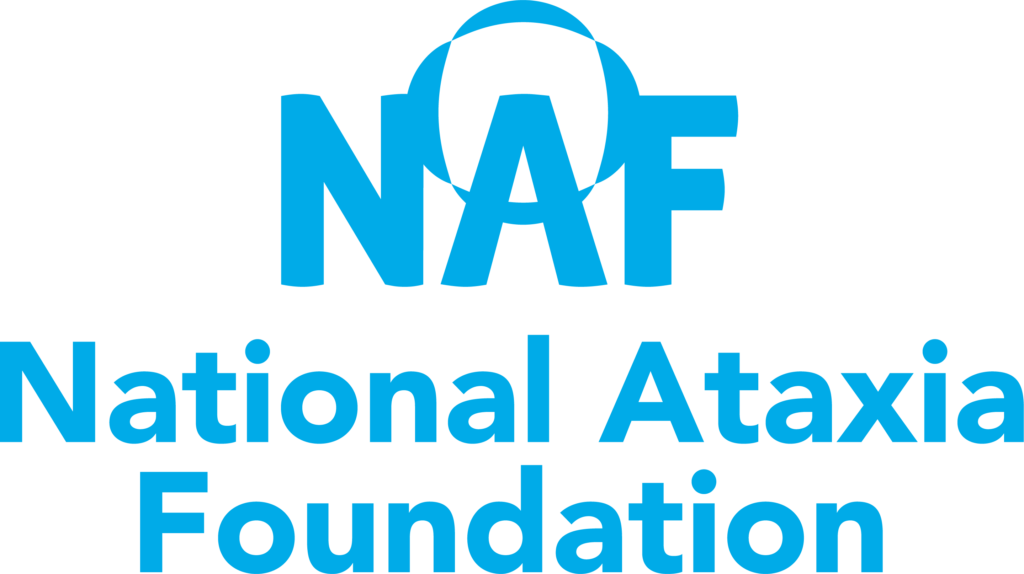
Walking toward a better understanding of SCA3 progression
Written by Alexandra Putka Edited by Dr. Hayley S. McLoughlin Walking measurements detect changes in SCA3 severity across a 1-year study and represent an important biomarker of disease progression Medical doctors use a number of tools to assess a patient’s health: a thermometer and blood pressure monitor, for example. These Read More…



